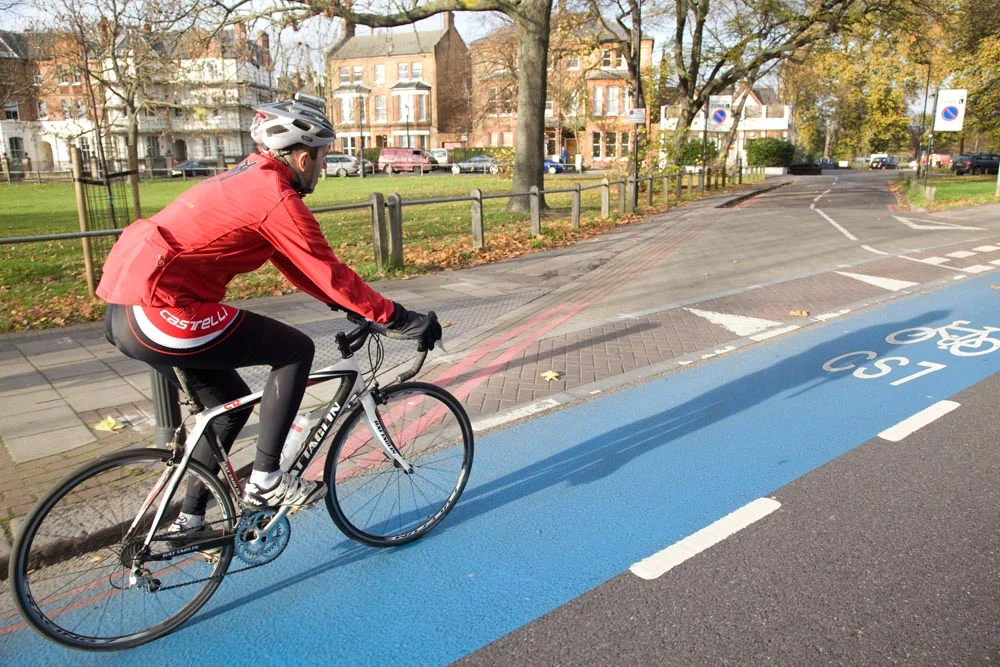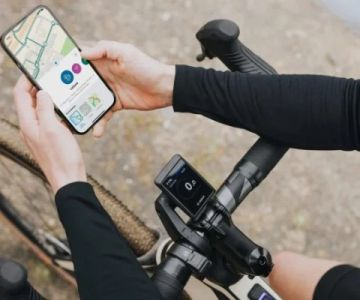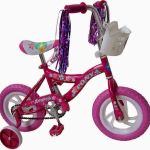
- Why-Bike-Commuting-Is-Worth-Trying
- Choosing-the-Right-Bike-for-Commuting
- Preparing-for-Your-First-Bike-Commute
- Overcoming-Common-Challenges-on-the-Road
- Making-It-a-Sustainable-Long-Term-Habit
1. Why Bike Commuting Is Worth Trying
Switching from driving to biking can feel like a big leap—but for many, it becomes a transformative experience. How to start commuting to work by bike isn’t just about switching transportation methods; it’s about rethinking your morning, your energy levels, and even your environmental impact.
Studies show that cycling to work improves cardiovascular health, reduces stress, and boosts mood. Financially, it can save you hundreds of dollars a year on fuel and maintenance. And if you’ve ever spent 30 minutes stuck in traffic, you’ll understand how liberating it is to glide past on two wheels.
In fact, a user from Boston shared on a community thread how biking shaved 15 minutes off her commute and helped her shed 10 pounds over six months—without hitting the gym. That kind of result is motivating.
2. Choosing the Right Bike for Commuting
2.1 Understand Your Route
Before choosing a bike, consider your daily route. Is it hilly, filled with stoplights, or mostly flat? Urban routes with lots of starts and stops benefit from hybrid or commuter bikes. For longer distances, road bikes may be better. If your route includes trails or rough terrain, a gravel or mountain bike could be ideal.
2.2 Comfort and Fit Matter
Nothing will sabotage your bike commuting plans faster than an uncomfortable ride. Get professionally fitted at a local bike shop if possible. The correct frame size and saddle height will help prevent fatigue and injuries.
2.3 Gear That Makes a Difference
From panniers that carry laptops to fenders that protect your clothes from puddles, commuter-friendly accessories make daily rides easier. Don’t forget a quality helmet, front and rear lights, and a good lock.
Need help finding the best commuter gear? Visit Cycling Guider to browse top-rated bikes, bags, and gadgets tailored for bike-to-work riders.
3. Preparing for Your First Bike Commute
3.1 Test Runs Help
Try your route on a weekend to test the time, traffic flow, and road conditions. This takes the pressure off when you do it for real and helps you identify any tricky intersections or detours in advance.
3.2 Dress Smart
You don’t need to wear full cycling gear. Breathable layers work well, and packing a change of clothes for the office is a smart move. Keep a compact hygiene kit at work if needed.
3.3 Weather Planning
Rain doesn’t have to cancel your commute. A waterproof jacket, shoe covers, and mudguards can keep you dry. That said, checking the forecast becomes second nature once you're a regular rider.
4. Overcoming Common Challenges on the Road
4.1 Traffic and Road Safety
Riding in traffic can be intimidating at first. Stick to bike lanes when available and follow traffic rules like a car would. Signal clearly, wear reflective gear, and always ride defensively.
4.2 Mechanical Issues
Flats and chain drops happen. Learn basic maintenance like fixing a flat and adjusting brakes. A small repair kit and pump in your bag can be a lifesaver.
4.3 Dealing with Fatigue
It’s normal to feel tired after your first few rides. Don’t let that discourage you. Your body adapts quickly, and soon you’ll find the ride energizing rather than draining.
5. Making It a Sustainable Long-Term Habit
5.1 Start with a Few Days a Week
You don’t need to go all in right away. Begin with two or three days a week and gradually add more. This makes the transition easier and lets you balance rest, weather, and your schedule.
5.2 Track Your Progress
Apps like Strava or Google Fit make it fun to log your rides and track how much distance you’re covering. Seeing your progress can be incredibly motivating.
5.3 Build a Routine You Enjoy
Add a coffee stop, find a scenic detour, or listen to podcasts while riding (safely with one earbud or bone conduction headphones). Commuting by bike should feel like something you look forward to—not a chore.
If you're just getting started or looking to upgrade your setup, Cycling Guider is a great resource to compare gear, read commuter reviews, and find local bike shops that support your journey.







 Billet BMX5.0 (2 reviews)
Billet BMX5.0 (2 reviews) Far East Children Bicycle Factory1.0 (1 reviews)
Far East Children Bicycle Factory1.0 (1 reviews) Archer Motorsports, Inc.4.0 (8 reviews)
Archer Motorsports, Inc.4.0 (8 reviews) YEP Bike Works4.0 (55 reviews)
YEP Bike Works4.0 (55 reviews) Gorham Bike & Ski4.0 (498 reviews)
Gorham Bike & Ski4.0 (498 reviews) Alchemy Bikes4.0 (37 reviews)
Alchemy Bikes4.0 (37 reviews) How to Teach Kids to Ride a Bike: A Step-by-Step Guide for Parents
How to Teach Kids to Ride a Bike: A Step-by-Step Guide for Parents Tips for Riding on Busy City Streets: Smart Strategies for Urban Cyclists
Tips for Riding on Busy City Streets: Smart Strategies for Urban Cyclists Best US National Parks for Mountain Biking: Ride Epic Trails Across America
Best US National Parks for Mountain Biking: Ride Epic Trails Across America Best Aero Helmets for Time Trials and Racing
Best Aero Helmets for Time Trials and Racing How to Clean and Lubricate Your Bike Chain Like a Pro
How to Clean and Lubricate Your Bike Chain Like a Pro 10 Must-Have Items for Long-Distance Cycling Trips
10 Must-Have Items for Long-Distance Cycling Trips